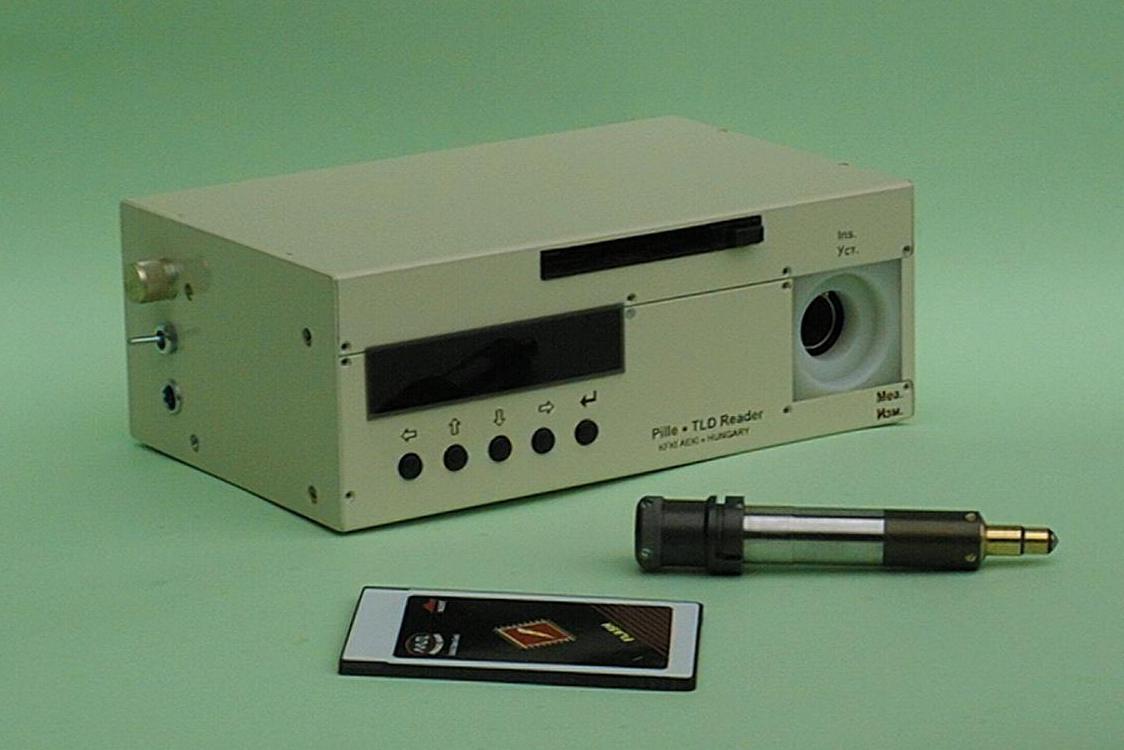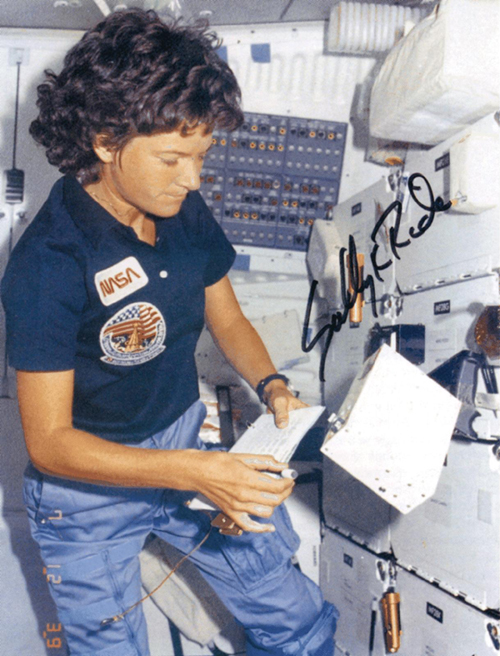Pille
Pille (the Hungarian word for "butterfly") was the first and to date only TLD system designed specifically for use by cosmonauts and astronauts while traveling in space. The original Pille system was developed by KFKI AEKI in the late 1970’s and was used by the first Hungarian cosmonaut, Bertalan Farkas, in 1980 during his flight aboard the Russian Salyut-6 orbital station. This original Pille system continued to be used by Russian cosmonauts aboard Salyut-6 for routine radiation dosimetry until 1983. Since then there have been many improvements and refinements to the Pille system. The second generation Pille system was flown aboard the Salyut-7 orbital station and later transferred to the Russian Mir orbital station, where it was used until the deorbit of Mir in 2001, making this system probably the longest used piece of spaceflight hardware in the history of human spaceflight. During its nearly 20 years of service, the Pille system never malfunctioned.

Pille dosimeter system
The Pille system was first used aboard an American spacecraft by astronaut Sally Ride, the first American woman to fly in space, during her historic Space Shuttle flight in 1984. An improved version of the Pille system was later used by American astronauts traveling aboard the Mir orbital station during the NASA-Mir project in the mid-1990s. Both the Russian space program and NASA currently have Pille systems for space radiation monitoring aboard the International Space Station. Pille dosimeters are routinely carried by cosmonauts and astronauts during EVA (extravehicular activity or space walks) and provide the only measurement of the increased radiation exposure received by the crew while outside the protective shielding provided by the station.
